The ‘Accidental Activist’ Who Changed the Face of Mathematics
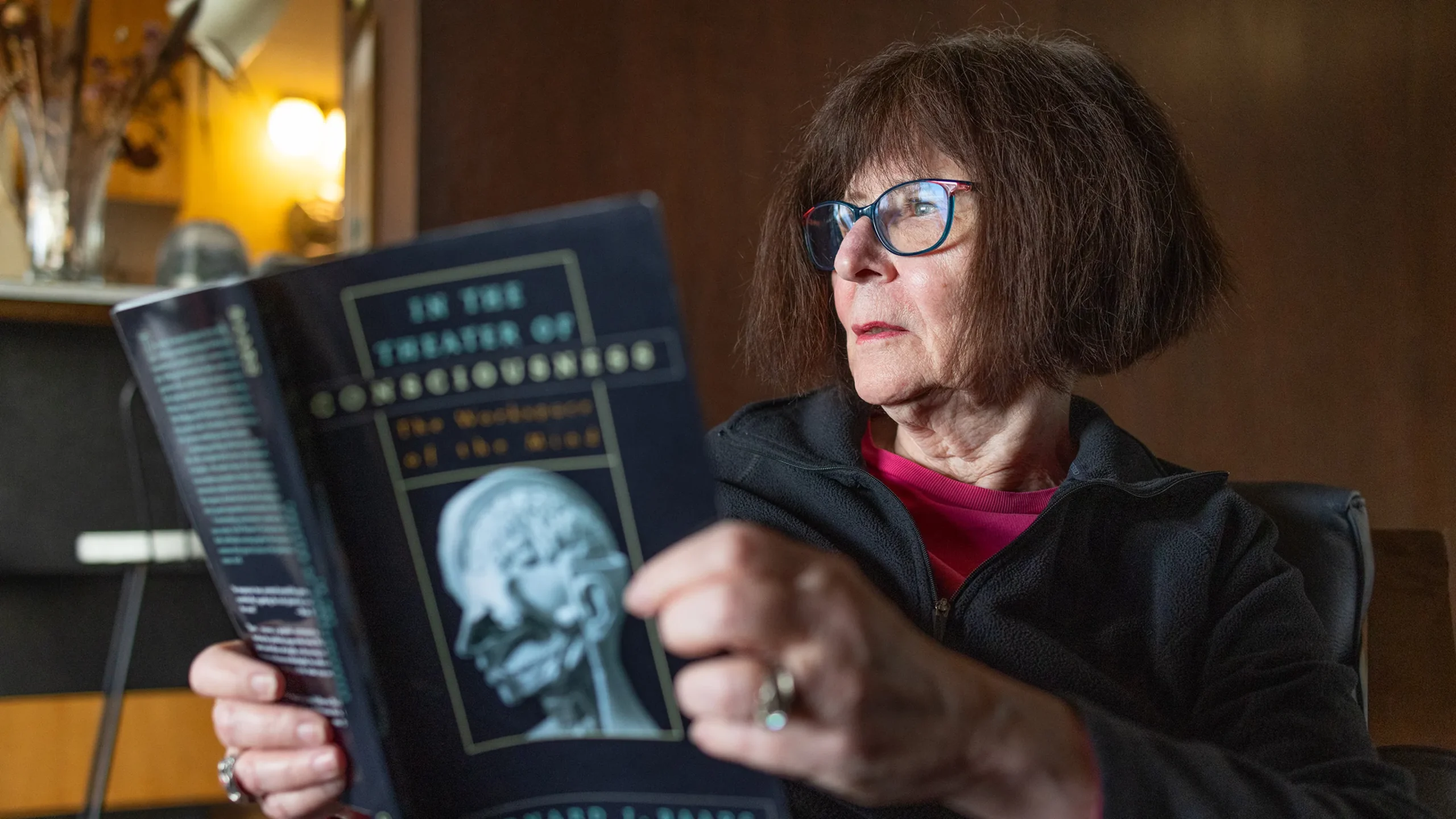
After many years studying mathematics and computer science, and helping other women do so, Lenore Blum is turning her attention to consciousness.
Rachel Bujalski for Quanta Magazine
Introduction
Lenore Blum’s long career has spanned the breadth of mathematics and computer science. She’s done influential work in logic and cryptography, and she formulated an entirely new model of computation. And though she didn’t set out to do so, she’s also devoted a significant chunk of her time to building institutions to help women follow in her footsteps.
“I had never wanted to think of myself as a woman mathematician,” she said. “But I started realizing I had a role to play.”
Her personal life, too, has led her to unexpected places. Born in New York City in 1942, Blum moved to Caracas, Venezuela, at the age of 9 when her father went into business with a relative. There she met Manuel Blum, who would become her husband of 62 years and a pioneering computer scientist himself. In Caracas, Blum also discovered the other great love of her life, mathematics.
After overcoming many obstacles, she made her way to graduate school at the Massachusetts Institute of Technology. There, she specialized in a branch of logic called model theory, which analyzes the common features of different mathematical theories derived from the same underlying assumptions. Blum received her doctorate at age 25 for developing a new way to apply this high-level perspective to mathematical structures called algebraic field theories.
Upon graduating, Blum received a prestigious postdoctoral fellowship, but she soon found the path to a traditional academic career closed off to female mathematicians. That’s when she first got involved in advocacy. She played a leading role in founding the Association for Women in Mathematics and went on to establish many influential programs for supporting women students.
But she never lost sight of mathematics and the nascent field of computer science. In the 1980s, Blum began to work with the mathematicians Stephen Smale and Michael Shub to develop a formal theory of computation using continuous real numbers instead of zeros and ones.
Continuous mathematics like calculus is an essential part of many algorithms in fields ranging from computational physics to machine learning. Implementing such algorithms on digital computers invariably involves approximation, but theoretical analysis of their limitations is plagued by subtleties stemming from those approximations. Blum’s work gave researchers a rigorous new way to study the mathematical foundations of calculus-based algorithms. It also enabled a new approach to computational complexity theory, the study of the fundamental difficulty of different computational problems.
And though Blum retired four years ago from Carnegie Mellon University, where she had been on the faculty since 1999, that hasn’t stopped her from finding new questions to explore. In recent years, she and her husband have worked together to formulate a mathematical model of consciousness inspired by theoretical computer science. And she’s putting her many years of leadership experience to use as the president of the newly formed Association for Mathematical Consciousness Science.
Quanta spoke with Blum about her path into mathematics, how to help women succeed in the field, and what computer science can tell us about consciousness. The interview has been condensed and edited for clarity.
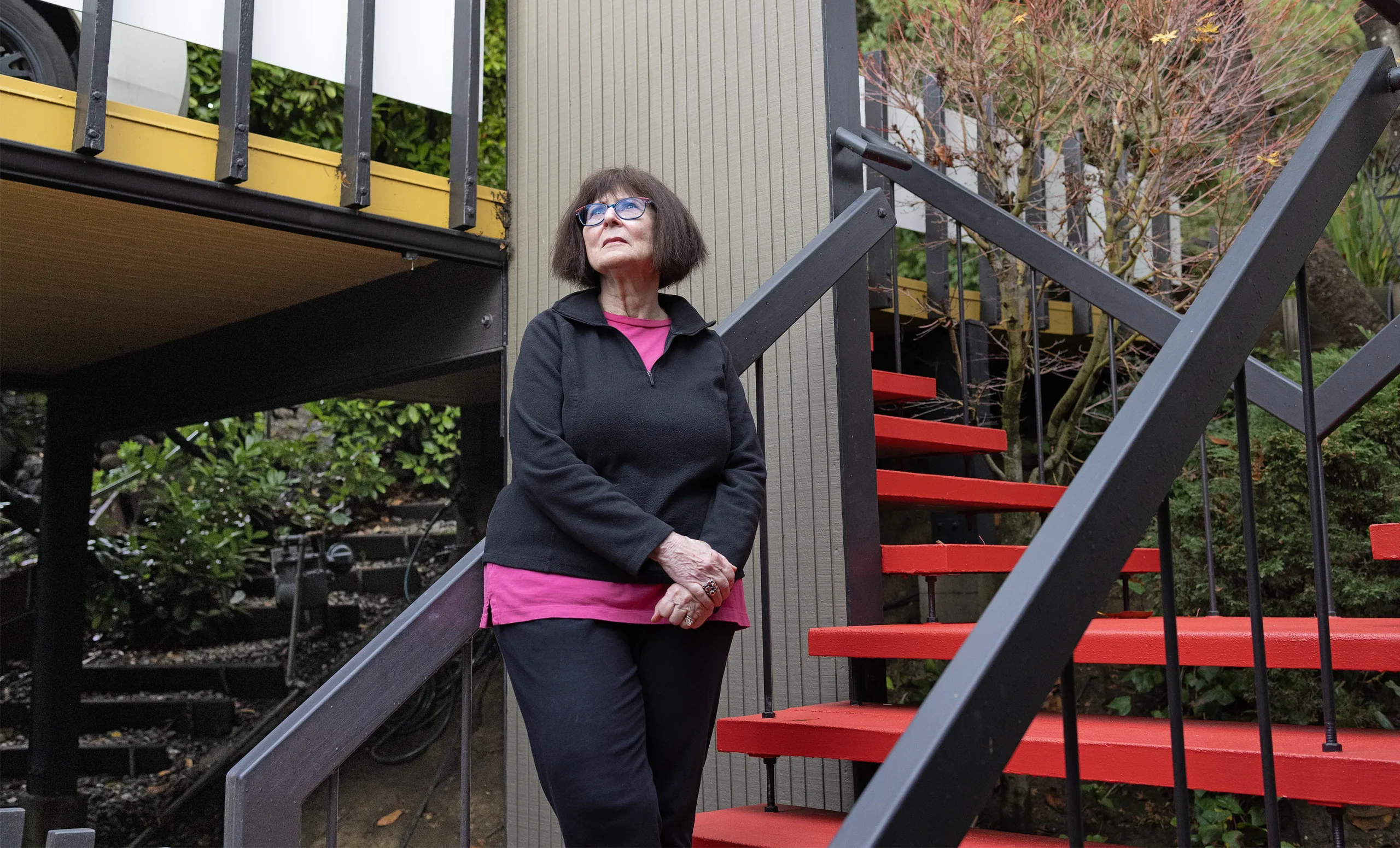
Blum has been a staunch advocate for women in mathematics and computer science throughout her career.
Rachel Bujalski for Quanta Magazine
When did you first get interested in math?
In New York, I had always seen myself as artistic. Then on the first day of fifth grade in Caracas, they were doing long division; I’d been out of school for a year, but I caught on really quickly. Everybody assumed I was super in math, and I loved it. It was like a sea change.
I liked the fact that math didn’t depend on people’s opinions, though I realized later that’s not totally true. Another thing I found very attractive was that if I understood the basic principles, that was all I needed — I didn’t have to memorize. Then when I got to geometry, I loved proofs; I just thought they were beautiful.
You also met Manuel in Caracas, through family friends. What drew you together?
His aspirations were similar to mine — I always felt we were kindred in many ways. When I was applying to college, we started writing, and then he came to my high school graduation. That was our first real date. That whole summer we spent together, talking about philosophy and psychology. Until I applied to college, I had really great experiences.
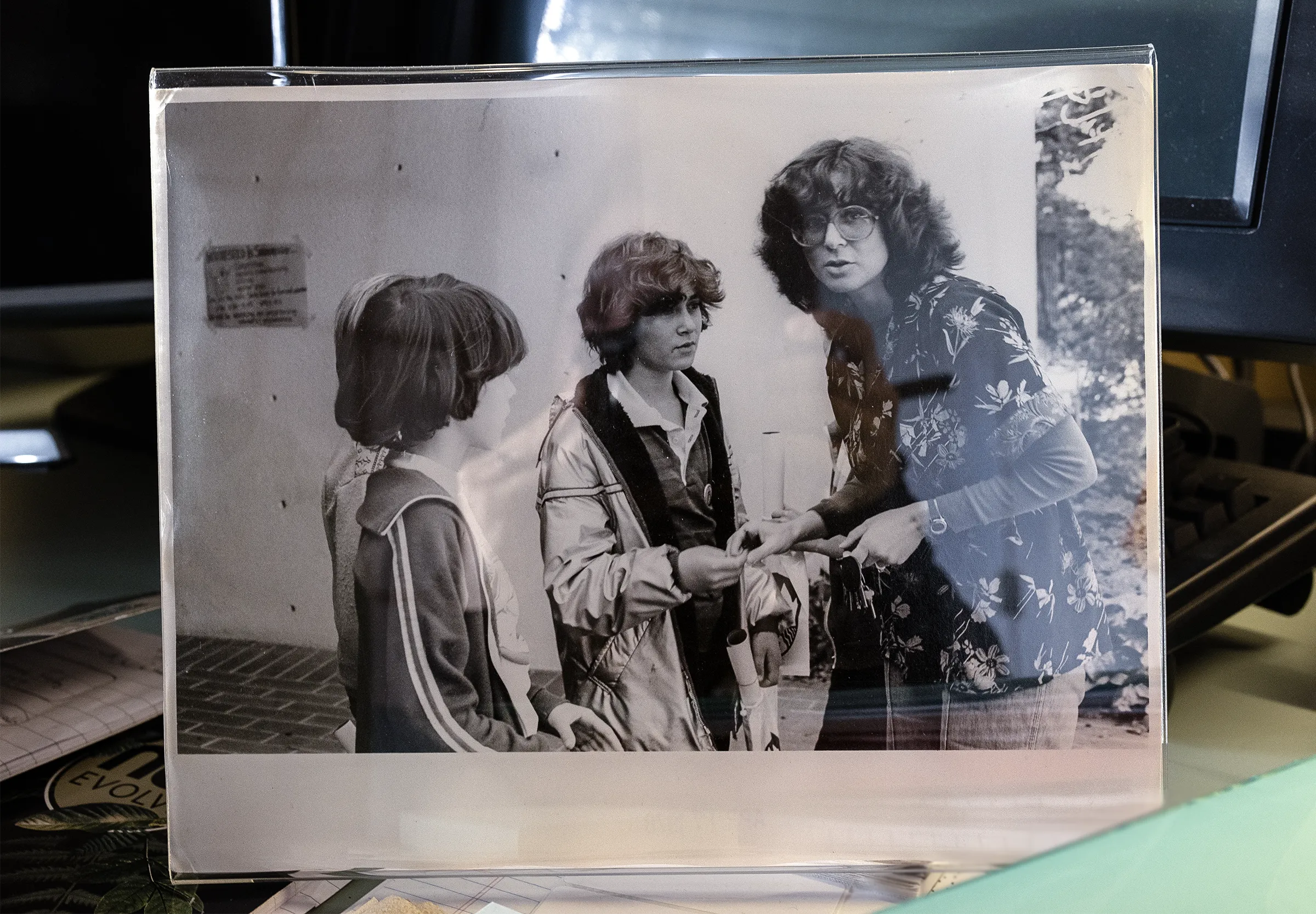
Blum and her son Avrim in 1978 at Mills College in Oakland, California, where she founded the math and computer science department and taught for 23 years.
Rachel Bujalski for Quanta Magazine
What happened when you applied to college?
I admired my math teacher a lot, and when I said I wanted to major in it, he said the best math was done 2,000 years ago. So because I liked art, I said, “OK, then I’ll study architecture; it combines art and math.” I realized later that he didn’t know more math than the geometry he was teaching.
I applied to MIT, where Manuel was, but they said everybody had to live on campus and they didn’t have room for me. They only had 20 beds for women. So I went to Carnegie Tech [now Carnegie Mellon University].
How did you end up studying math?
During my first year I got an internship at an architecture firm, and I saw that all of the younger people there were drafting other people’s ideas. And the math was all formulaic. Both of those things disillusioned me about studying architecture.
I wanted to change to math, but nobody would listen to me. One of the deans even told me to see a psychiatrist. So I went into the math building, and I started knocking on people’s doors to ask if I could come to their classes. And one guy said, “Fantastic! I’m teaching an experimental course using this new computer in the basement of the business school.” This was Alan Perlis — he later became the first head of the computer science department and the first Turing Award winner. Because of him, I was able to take math classes. I needed this lucky break to get in.
But I wasn’t so happy at Carnegie Tech — after I left architecture, I didn’t have a community. When Manuel and I decided to get married, I moved to Boston. I did not apply to MIT because of my experience before, so I went to Simmons College, a women’s college, for my junior year. After my first year there, the head of the math department said that she would arrange for me to take courses at MIT, and she got Simmons to pay for it.
I happened to take this course in very abstract modern algebra by Isadore Singer. It was what I was looking for all my life. That gave me confidence to apply to graduate school at MIT.
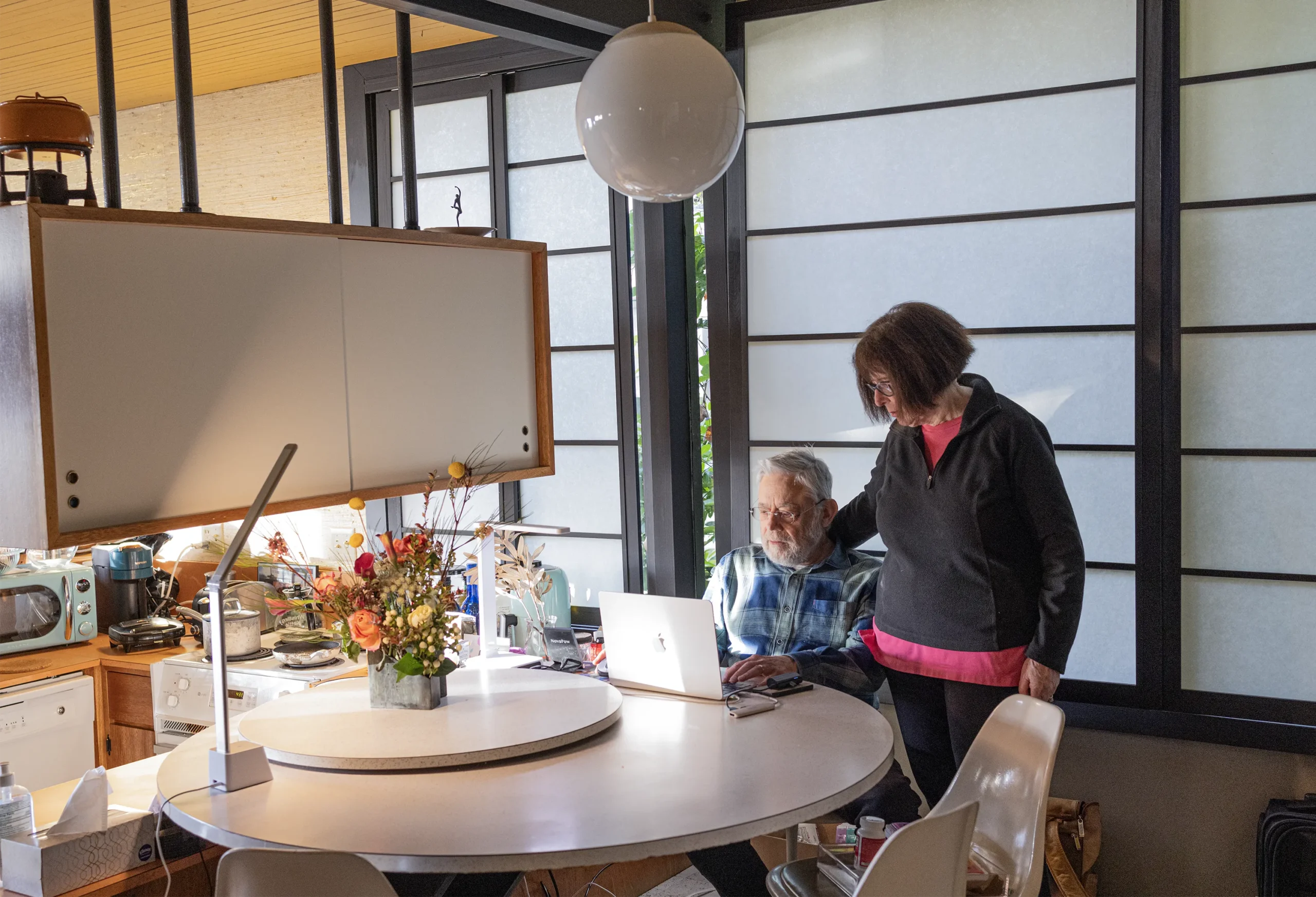
Blum and her husband Manuel, himself a pioneering computer scientist, have been married for 62 years. They’ve recently become close scientific collaborators as well.
Rachel Bujalski for Quanta Magazine
Did it go better than the first time you applied?
I went for an interview. The interviewer was holding a piece of paper, and the moment I opened the door, he said, “This is a list of schools that, if I had a daughter, I would advise her to go to. MIT is not a place for women.” I was devastated.
But then I got accepted a week later. I found out what happened later on. That weekend, they had a faculty party in the math department. They were joking about this “girl” who was applying to the graduate program, and Is Singer wanted to know who they were talking about. They gave my name, and he was furious. He said, “She’s the best student in my class.” I wouldn’t have gotten in otherwise.
I got lots of lucky breaks. Eventually, I realized they have a downside.
What do you mean?
It shouldn’t be that I had to have a lucky break. When I started at MIT, I was so grateful. But why should I feel grateful that they let me have an education in math? The idea that I had to be grateful stayed with me for a very long time.
Did you have more trouble as a grad student?
Once I was in, I didn’t feel discriminated against. I had support for what I was doing. I was in the groove then.
Unfortunately, I was totally naïve afterward. After finishing my Ph.D., I got a fellowship that allowed me to go anyplace I wanted to in the U.S., and Manuel had gotten an offer in computer science at the University of California, Berkeley. I thought Berkeley sounded great. There was a prominent woman in logic there, Julia Robinson, whose work I really admired.
But it turned out she wasn’t on the faculty. When I wanted to know why, they would give me 10 million reasons: She had a heart condition, her husband had a position and there’s a nepotism rule, “she’s not Berkeley caliber.” If they’re not giving a permanent position to Julia Robinson, who already had a fantastic reputation, how are they going to give one to me?
That was when the light started to turn on in my head. For a long time I had blinders on.
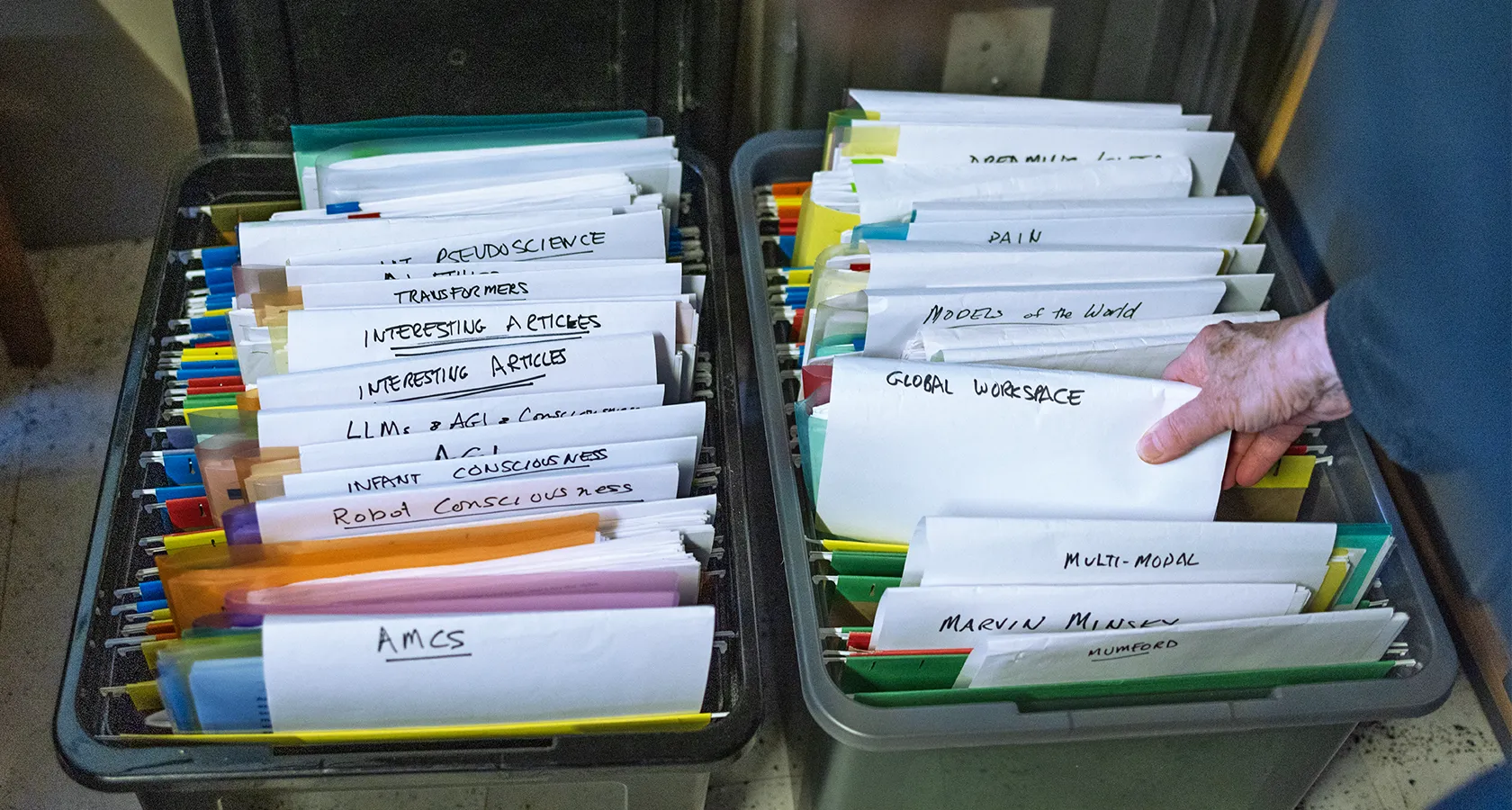
Blum’s recent turn toward consciousness research has led her to read widely across fields ranging from neuroscience to philosophy to artificial intelligence.
Rachel Bujalski for Quanta Magazine
When did those blinders come off?
It was 1971, a time of political upheaval. In the math department, there were people running this colloquium series called Math and Social Responsibility — very Berkeley-like. Steve [Smale] asked me if I would run one of the sessions on women in math.
We had that symposium, and it was packed. At the end, everybody thought I was the expert on women in mathematics. It was at the same time that the Association for Women in Mathematics was starting up on the East Coast, and we started up our branch on the West Coast.
That was the beginning of my becoming an accidental activist.
How did you work to increase the representation of women in mathematics?
In those years, feminists were talking about women’s ways of doing science: We had to do science differently to attract women. And I was thinking, “That is so totally off.”
In the U.S. at that time, you only had to take two years of high school math to go to college. Most college-bound men took four years of high school math; most women were counseled out of it. Only 8% of the women coming into Berkeley had enough math to take calculus, and if you couldn’t take calculus, forget it — many fields were closed off to you. There were very concrete ways of improving things. We didn’t have to change the way math was done.
That’s been a theme in a lot of my work over the years. In a very few years after I joined the computer science department at Carnegie Mellon, half of our undergraduates were female. That didn’t happen because we changed the curriculum to be female-friendly. We did it by giving women the mentors that they needed, giving them the experiences that they weren’t getting because they didn’t have the networks.
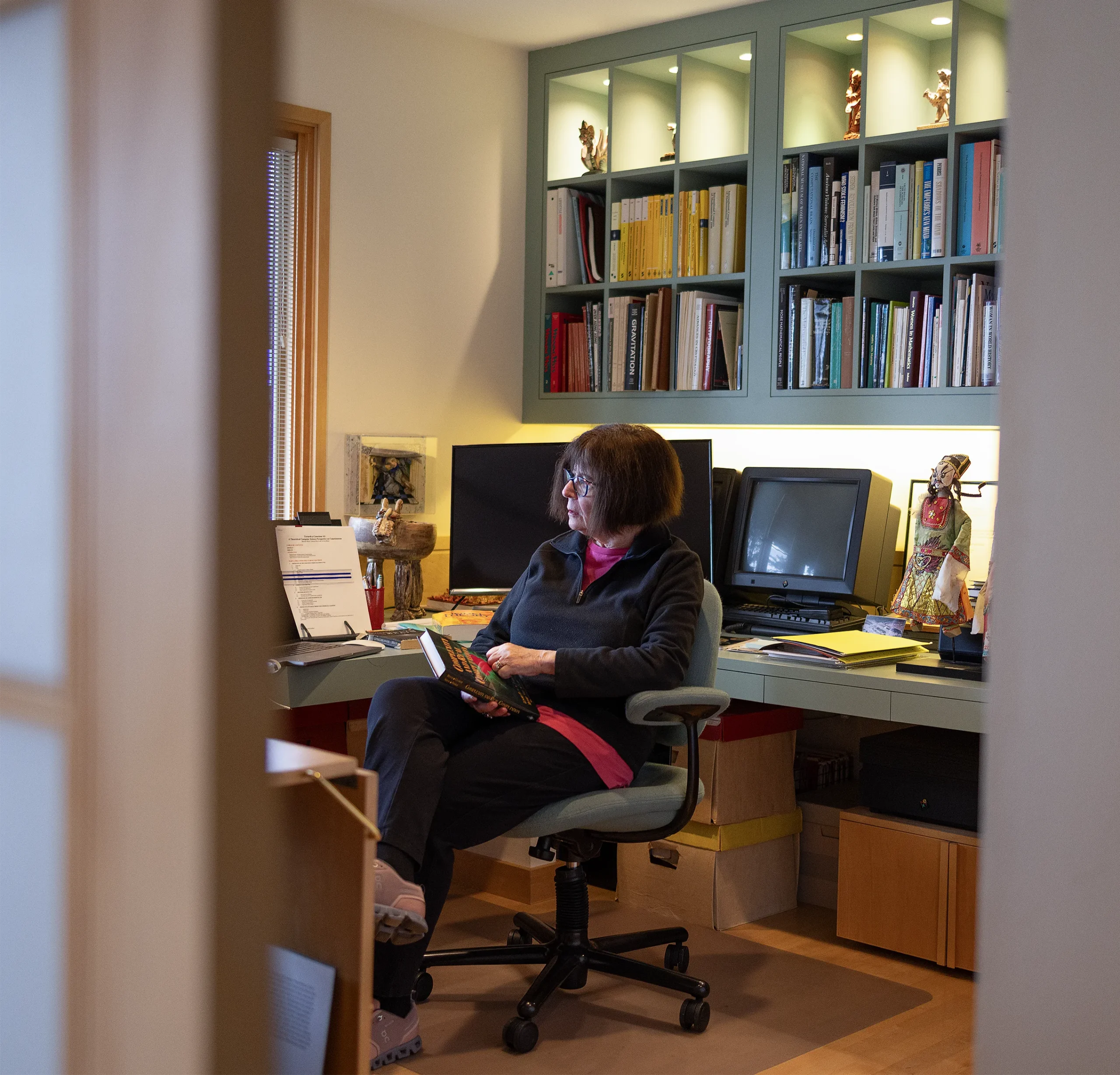
In the 1980s and 1990s, Blum helped develop a theory of computation using continuous real numbers, putting calculus-based algorithms on firm mathematical foundations.
Rachel Bujalski for Quanta Magazine
Your graduate research didn’t have much to do with computation. How did you wind up in computer science?
I’m a mathematician at heart, even though I’ve been more in the computer science community for a number of years. When I was working with Mike [Shub] and Steve on real-number computation, my sensibilities were coming from mathematics.
Now I’m coming into consciousness science from a theoretical computer science perspective, not where most people are coming from. My career has been so weird from most people’s perspective. Being “other” has been almost the defining part of me.
What prompted that switch to consciousness?
Manuel has been interested in consciousness since he was in second grade. The teachers told his mom he probably wouldn’t graduate from high school — he thought if he learned about the brain, he could get smarter. But until recently, consciousness was the purview of theologians and philosophers. It’s really in recent years that people in cognitive science and neuroscience have gotten involved.
Around 2018, we started working together on a model coming from a theoretical computer science perspective, which we call the Conscious Turing Machine. It was inspired by two things. One was Turing’s model of computation, which is simple but powerful. Turing’s model doesn’t look at all like any modern computer, but you can get your head around it; you can prove what can and can’t be done.
The other inspiration was the global workspace theory of consciousness, which describes conscious awareness through a theater analogy. Consciousness is the activity of an actor in a play performing onstage; it’s under observation by a huge audience of unconscious processors, and they then vie amongst themselves to get their information up onstage to be broadcast.
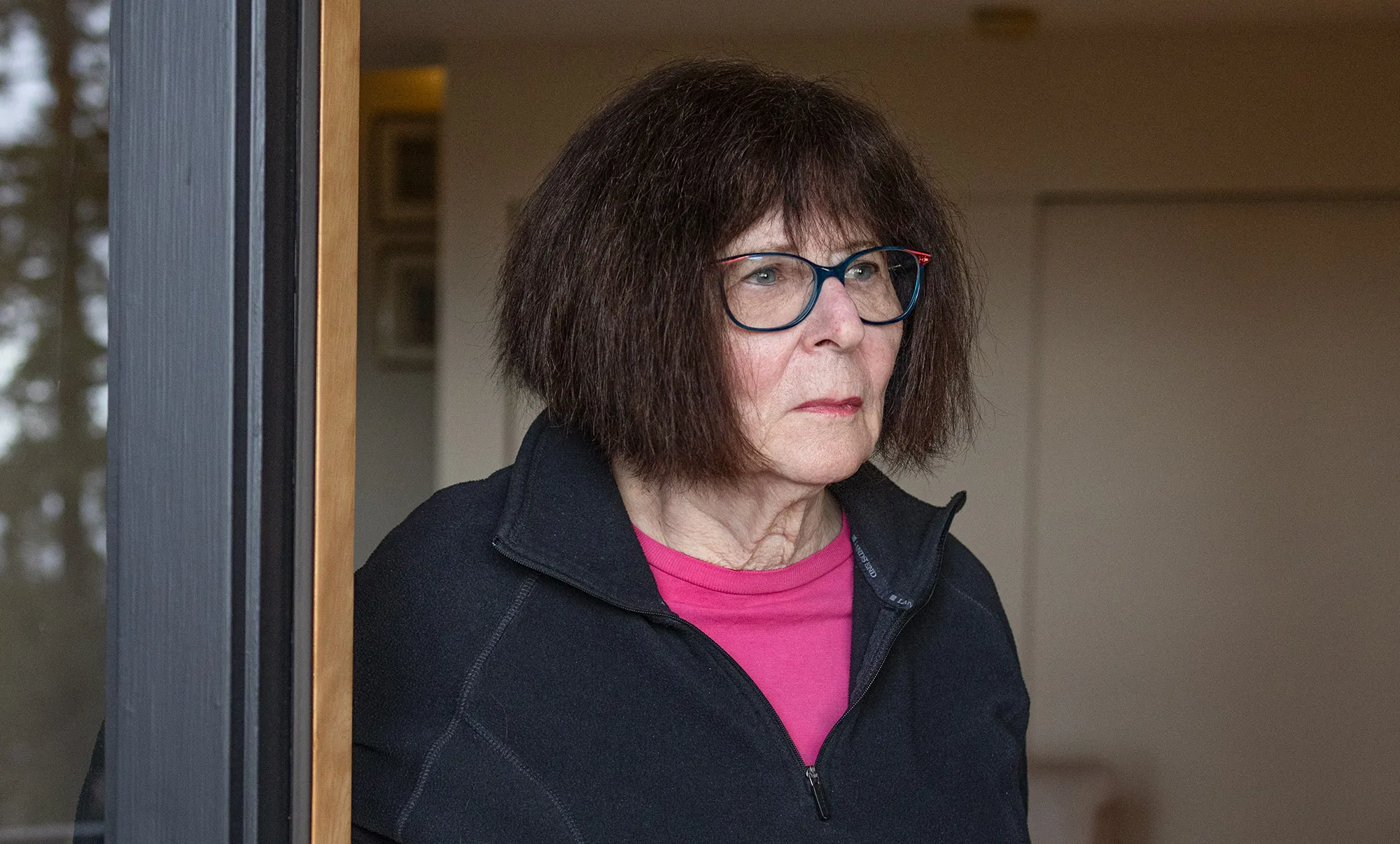
From her childhood in Venezuela to the barriers she encountered as a woman in mathematics, Blum is used to being an outsider. “Being ‘other’ has been almost the defining part of me,” she said.
Rachel Bujalski for Quanta Magazine
But how does information get up onstage? That’s never defined. In our model, we have a well-defined competition that selects the best information from a huge number of processors. All the computation is done locally — using only two small chunks of information at each step — so it’s very fast.
Why does fast computation matter?
In theoretical computer science, resource limitations in time and space are very important. Time is an essential part of computation, so you need to have a model that’s taking it into account —you need to have fast algorithms getting information in so you can respond quickly.
We have a formal model of consciousness: It includes this global workspace architecture, short-term memory, long-term memory, prediction, feedback, learning and the ability to make models of the world. We’re not saying that this is the unique model, and it’s not a model of the brain. We’re just trying to be as simple as possible, to look at the key things that are important at a high level of abstraction.
I think there are different aspects of consciousness — if you’re looking for the one theory of consciousness, forget it. I’m getting insights from many theories. I like to see how we align, and where we’re different.
What’s it like working even after retirement?
I’m having so much fun now, I have to tell you. It’s probably closer to my experience as a graduate student than anything in my whole life. It would be great if I had another 50 years, but I don’t. So I’m going to use whatever I have.



